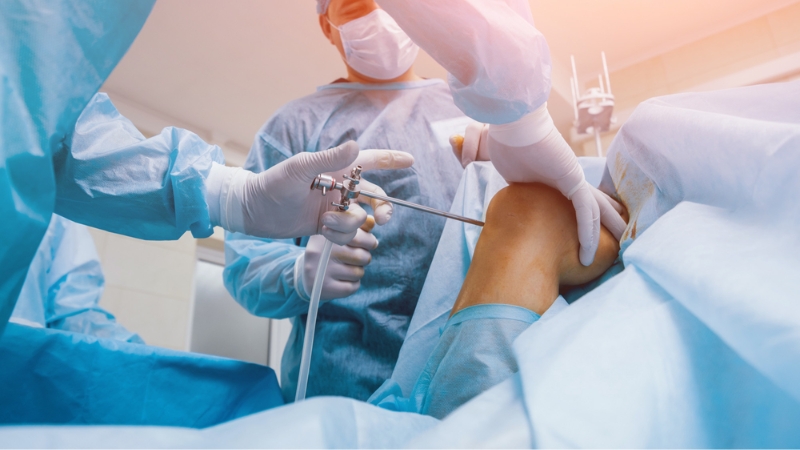Arthroscopic Surgery"Minimally Invasive Techniques for Joint Health and Function."

Our medical center specializes in arthroscopic surgery, providing minimally invasive methods for accurate joint disease diagnosis and treatment. Since restoring optimal joint function is a primary goal of our arthroscopic operations, we acknowledge the significance of joint health in general well-being. Our procedures are efficient, effective, and targeted. This section will discuss the importance of arthroscopic surgery, the ailments it treats, possible concerns, and the unique qualities that set us apart as a top supplier of top-notch orthopedic surgery services.
What Is Arthroscopic Surgery?
Known by several names, arthroscopy or arthroscopic surgery is a type of minimally invasive surgery used to identify and treat diseases of the joints. It makes use of an arthroscope, a tiny, specialized camera that is introduced into the joint through tiny incisions.
Why Is Arthroscopic Surgery Necessary?
- Diagnostic Precision: Because an arthroscopy gives a clear picture of the inside of the joint, it can be used to diagnose issues like inflammation, torn ligaments, and cartilage damage.
- Therapeutic Interventions: The process makes it possible to perform therapeutic operations that enhance joint function, such as replacing torn cartilage, extracting loose pieces, or reconstructing ligaments.
- Minimally Invasive Approach: Compared to typical open operations, arthroscopy is preferable because it is less intrusive and results in smaller incisions, less tissue trauma, less postoperative pain, and a quicker recovery.
Possible Risks:
Even though arthroscopic surgery is thought to be safe, there are still possible dangers involved, such as bleeding, infection, blood clot development, and infrequently, injury to blood vessels or nerves. Precise surgical methods and thorough pre-operative examination reduce these hazards.
Treatment Steps in Arthroscopic Surgery:
- Pre-operative Evaluation: Thorough evaluation of the patient's imaging results, joint health, and medical history to establish whether an arthroscopy is necessary.
- Anesthesia Administration: The application of anesthetic, frequently regional or local, to guarantee the patient's comfort and lack of pain throughout the process.
- Incision and Arthroscope Insertion: The arthroscope is introduced after small incisions are made around the joint to view the internal structures on a monitor.
- Diagnostic Examination: Comprehensive assessment of the inside of the joint to identify the precise ailment or disease.
- Surgical Interventions: Surgical devices may be inserted through additional incisions to perform repairs, remove debris, or reconstruct damaged structures, depending on the diagnosis.
- Closure of Incisions: Steri-strips or sutures are used to close the tiny incisions, reducing scarring.
- Post-operative Care: To maximize healing, the patient's recovery will be tracked, suggestions for joint protection will be given, and rehabilitation exercises will be started.
Our services for Arthroscopic Surgery emphasize minimally invasive procedures to improve patient outcomes while offering cutting-edge and practical treatments for joint-related ailments. Optimizing joint health and function is the focus of our skilled surgical team, who prioritize accurate diagnosis and effective therapeutic procedures. Our medical professionals are here to help if you have any questions or need more information regarding arthroscopic surgery.
Top Asked Questions and Answers:
FAQ (Frequently Asked Questions):
+91-9144411108
Emergency Cases

